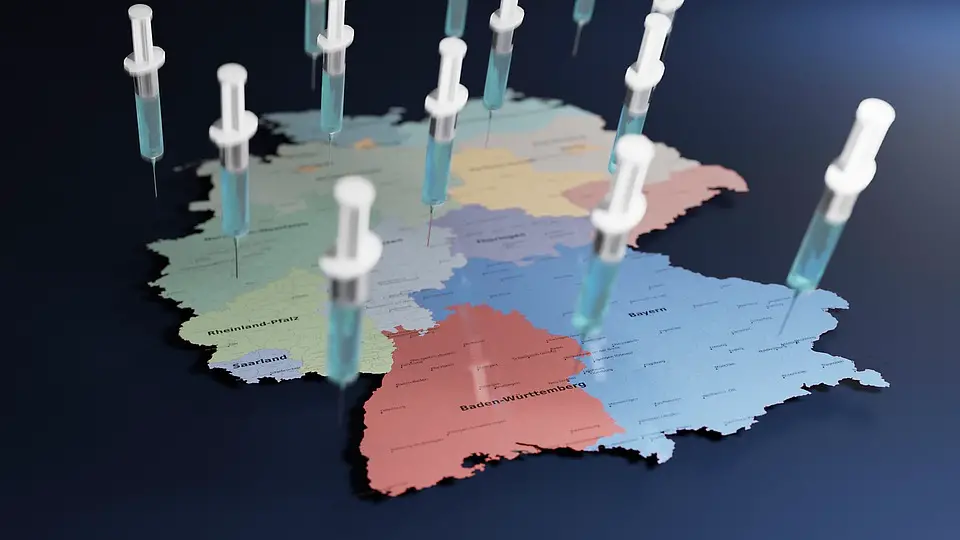As Poslovni Dnevnik writes, Germany introduced new rules for its travellers returning from foreign holidays on the 1st of August. There are now some stricter rules for Germans returning to their country from being abroad and a new way of categorising risk areas on the German coronavirus map, writes Index.
Who should have a negative test when returning to Germany?
According to the new rules, all passengers entering Germany who haven’t yet been vaccinated, as well as those who cannot prove they have contracted and since recovered from the disease must have a negative coronavirus test (and it has been that way since yesterday).
This has so far only applied to air passengers, and has now been extended to all others.
The measure took effect yesterday and will remain in force until the end of the year, with the exception of children under the age of 12 and those who need to cross the German border every day due to work. Road traffic controls will not be carried out systematically, but sporadically, German officials added.
“All unvaccinated people entering Germany will have to show proof of a negative test, whether they come by air, road or rail,” said German Health Minister Jens Spahn.
“In this way, we’ll manage to reduce the risk of additional imports of the infection,” he added.
Currently, just over 50 percent of German citizens are fully vaccinated and the government is appeals daily for people to be immunised.
On Friday, the State Epidemiological Institute Robert Koch published a list of countries from which most newly infected people bringing coronavirus into Germany arrive, on which Croatia is behind Spain, Turkey and the Netherlands.
The new German coronavirus map
At midnight on the first of August, the change related to the marking of risk areas took full effect. There will be classifications into only two categories, and not three as it was before. The category of a epidemiologically low-risk area, in which Zadar County was, is no being longer used. This doesn’t mean, according to the Robert Koch Institute, that there is no risk in the areas that did belong to that now shelved German coronavirus map category.
They added that the risk areas will be classified into high-risk areas and areas with virus variants. Croatia isn’t in any of the categories, but both Portugal and Spain are in the high risk category.
A high-risk area is an area that has a seven-day incidence greater than 100. People who come from such areas must enter into a ten-day quarantine if they haven’t yet been vaccinated, or if they can’t show proof of their recovery from the infection. They can exit quarantine after five days, if they take and produce another negative test.
For all you need to know about coronavirus specific to Croatia, make sure to bookmark our dedicated COVID-19 section and choose your preferred language.











